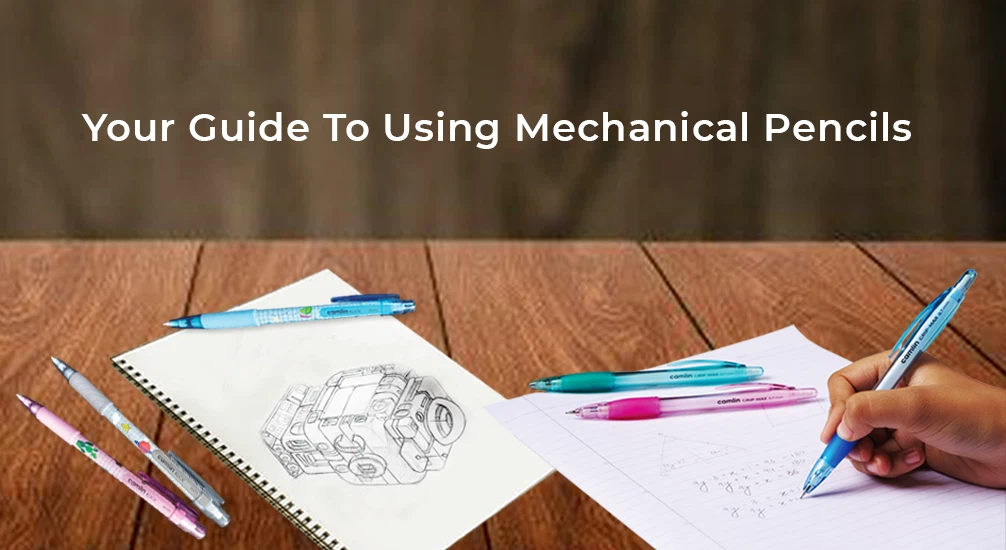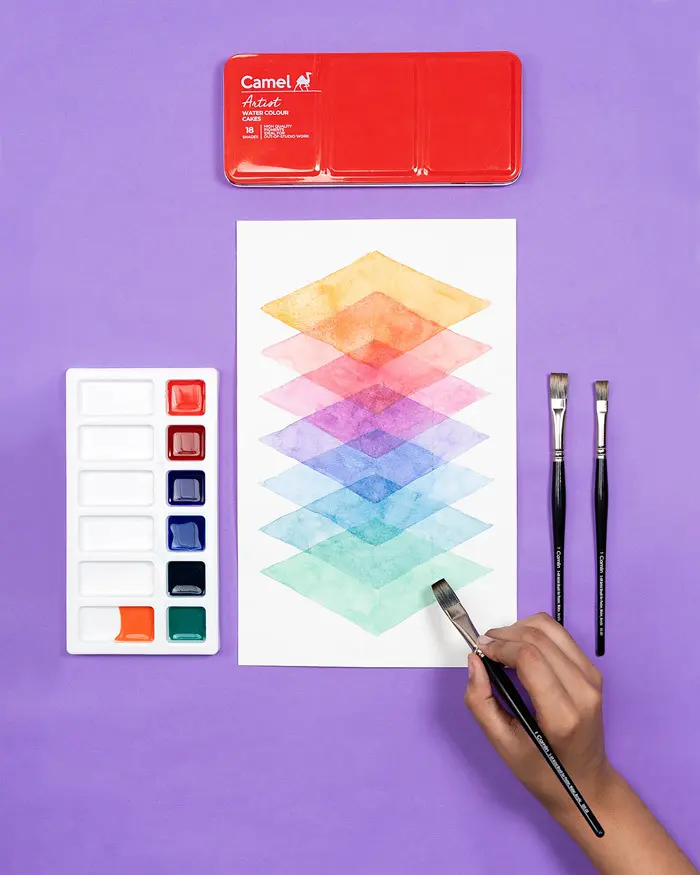Mechanical pencils are easy to use as you don’t need to sharpen the leads every time. Mechanical pencils come in different grades and sizes. Students and artists buy these but remain largely unaware of their varied utilities and purposes. The choice of ideal pencil for you could depend on several factors. So here is a background and guide to help you buy the mechanical pencils that work the best for you:
1. The History of Mechanical Pencils
The very first pencils were much like the modern clutch pencils that we call ‘normal’ wooden pencils. Graphite was first used in lumps with a piece of cloth held around it. With the traditional mix of graphite and clay, a thinner lead was not possible. Another drawback was that the lead was too brittle.
The pencil evolved over generations into mechanical pencils. Let us move on to what makes using a mechanical pencil such a great experience.
2. Why Prefer a Mechanical Pencil Over a Wooden One?
- No Sharpening Required:You don’t have to sharpen the lead and can avoid all the mess that tends to happen due to sharpening a traditional wooden pencil. This saves your time and also helps you stay focused without breaking your chain of thought.
- Consistent Line Width: Only when a wooden pencil is freshly sharpened, does it write with a fine line. Mechanical pencils don’t change as you write. With a mechanical pencil, the line remains the same; it doesn’t get thicker as you continue writing.
- Refillable: You can use the lead until it gets over and the next one takes its place. Mechanical pencils are the more environment-friendly option.
- Comes With Consistent Balance: As you keep sharpening your wooden pencil, you will notice how its balance keeps changing as the length of the pencil reduces. When it comes to using mechanical pencils though, the balance doesn’t change as you use it as its length remains the same.
- You Get Choices With Mechanical Pencils: Mechanical pencils also vary in how they look based on their styles and the materials used to make them. Some look like luxury goods, some look like technical tools, while others look like wooden pencils.
3. Purpose of Mechanical Pencils
When looking to purchase a mechanical pencil, the purpose should be considered. If you are looking to use one for writing, then you will probably have to look for different features than someone who might be looking to use one for sketching.
- Writing: If you want to use thick leads that don’t break easily, 0.5 - 0.7 mm is strong enough for most people. Many heavy-handed people still find that they snap even such thin leads. In this case, you can try the leads with 0.9 mm thickness. If you need a mechanical pencil while taking notes, then you might want to use the kind that has built-in erasers.
- Sketching: You will have to pay attention to the thickness of the lead of pencils you are using. For rough sketching, you can use thicker leads but when it comes to bolder lines, always make sure you are using leads that have softer grades on the scale.
If you are the type to sketch even when you are out and about, then you need to make sure that your pencil is pocket-safe. Conical tips aren’t too risky but tubular tips tend to be too sharp to keep in your pockets.
4. Lead Thickness
If your writing is usually small and your drawings tend to be detailed, you will need a thinner lead. If you are heavy-handed, you need thicker lead. 0.5 mm is primarily used in geometry for fine lines and drawings. 0.7 mm is most commonly used for drawing, less-detailed technical drawings & writing. 0.9 mm is used for non-sharpening thick writing and solid lines in the drawing.
Camlin Klick Mechanical Pencils, available in 0.5, 0.7, and 0.9 mm lead sizes in stylish colours like grey, lilac, and baby blue, come with a built-in eraser for added convenience. These pencils are easily refillable, making them more handy. So go on and enjoy a seamless writing and sketching experience.
Did this article help you learn something new?
Share your thoughts with us in the comments below.
Leave a comment
Comment added
Comment updated
Comment deleted
More inspiration
“
“Creativity is nothing but a mind set free.”





